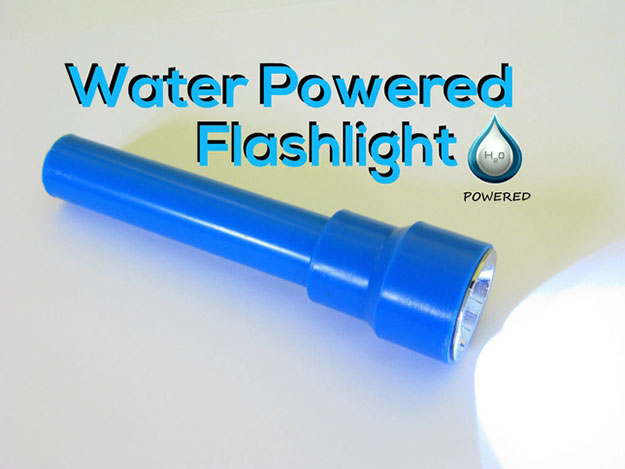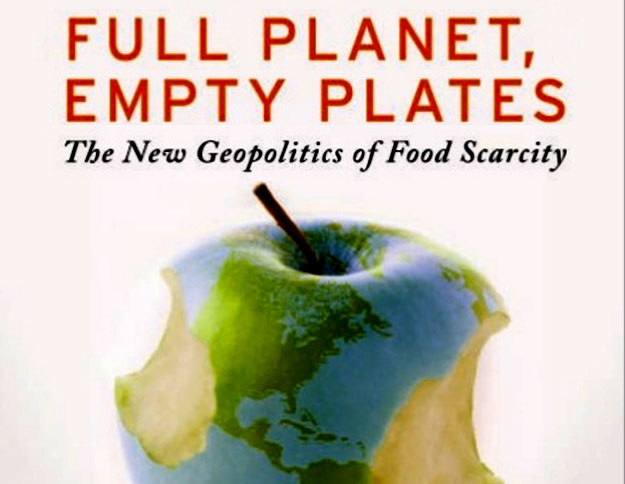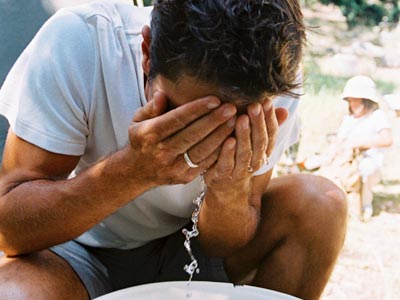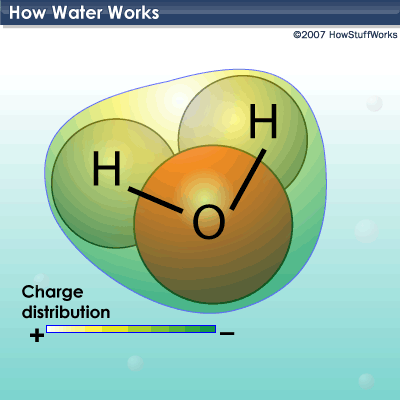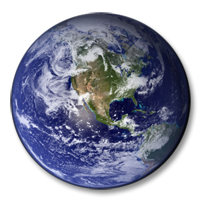 There’s a whole lot of water on Earth! Something like 326,000,000,000,000,000,000 gallons (326 million trillion gallons) of the stuff (roughly 1,260,000,000,000,000,000,000 liters) can be found on our planet. This water is in a constant cycle — it evaporates from the ocean, travels through the air, rains down on the land and then flows back to the ocean.
There’s a whole lot of water on Earth! Something like 326,000,000,000,000,000,000 gallons (326 million trillion gallons) of the stuff (roughly 1,260,000,000,000,000,000,000 liters) can be found on our planet. This water is in a constant cycle — it evaporates from the ocean, travels through the air, rains down on the land and then flows back to the ocean.
The oceans are huge. About 70 percent of the planet is covered in ocean, and the average depth of the ocean is several thousand feet (about 1,000 meters). Ninety-eight percent of the water on the planet is in the oceans, and therefore is unusable for drinking because of the salt. About 2 percent of the planet’s water is fresh, but 1.6 percent of the planet’s water is locked up in the polar ice caps and glaciers. Another 0.36 percent is found underground in aquifers and wells.
Only about 0.036 percent of the planet’s total water supply is found in lakes and rivers. That’s still thousands of trillions of gallons, but it’s a very small amount compared to all the water available. Read more
